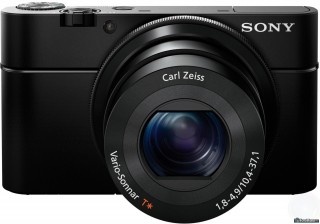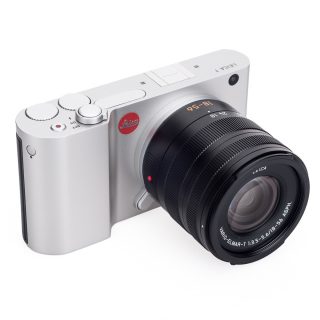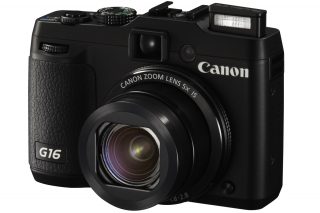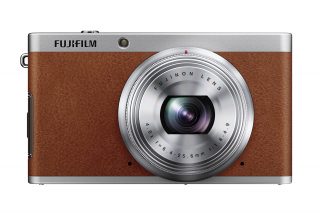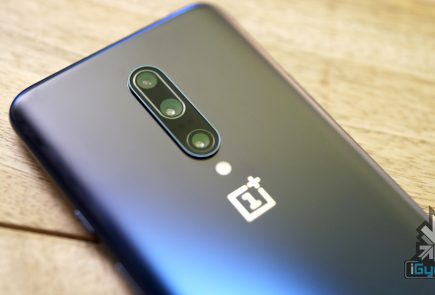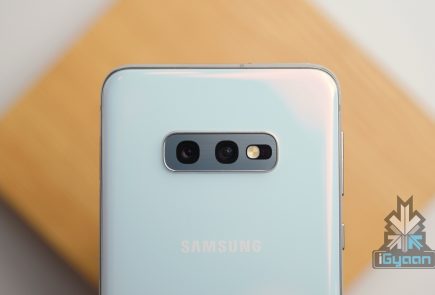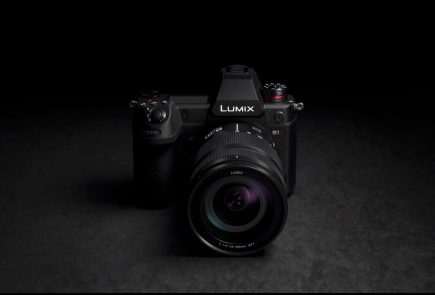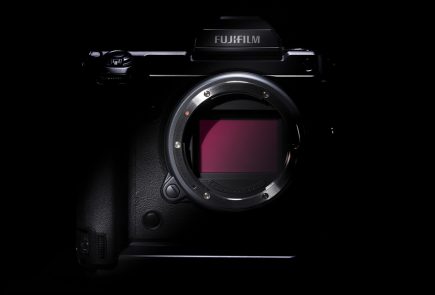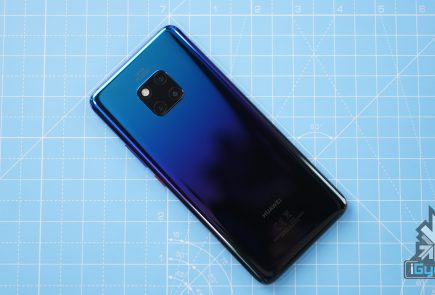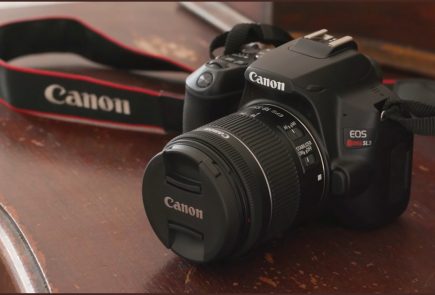Top 6 Pocket Cameras : Pick One Which is Right For You

No, we refuse to acknowledge the statement that smartphones are point-and-shoot replacements. No matter how good your camera phone may be, it still doesn’t have the technology to beat the image quality of the following cameras. Unlike DSLR’s, where you have to manage several lenses – these are handy, cheaper and super convenient if you’re constantly on the go.
Here are a list of pocket size cameras that you’d wish you’d bought earlier:
1. Sony Cyber-shot DSC-RX10
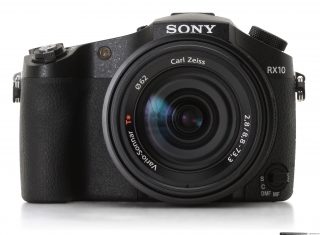 Key features
Key features
- 20MP 1″-type BSI CMOS sensor (13.2 x 8.8mm)
- 24-200mm equivalent stabilized F2.8 lens
- Weather-sealed magnesium alloy body
- Manual zoom and aperture rings
- Tilting 1.23 million dot rear LCD
- 1.44M dot OLED viewfinder
- ISO 125 – 12800 (expandable down to ISO 80)
- Built-in 3EV Neutral Density filter
- Approx 10 fps continuous shooting in ‘Speed Priority mode’
- 1080/60p video with full-sensor sampling, uncompressed HDMI output
- Wi-Fi with NFC
To many photographers, amateurs and professionals alike, digital SLRs represent quality. The fact that you can remove the lens and swap it for another is inconsequential to those who never buy a second optic. It’s that segment of the market that Sony’s targeting with its Cyber-shot RX10. We love the Sony RX10. But your $1,300 goes a very long way here, and if you need to capture sharp images and full-HD video clips in pretty much any lighting condition, with a vast focal range, you’d be hard pressed to find a more suitable shooter. This is the best fixed-lens camera we’ve ever used, and we wouldn’t be surprised if the RX10 Mark II, whenever that comes about, is the only comparable model worth considering.
2.Sony Cyber-shot DSC-RX100 III
Key Features:
- 20.1 megapixel 1″-type Exmor R BSI-CMOS sensor
- 24-70mm equiv. F1.8-2.8 Carl Zeiss Vario-Sonnar T* lens
- Pop-up SVGA OLED electronic viewfinder with 1.44M dots
- 3-inch tilting WhiteMagic LCD with 1.23M dots
- 1080/60p video with full sensor readout and 50Mbps XAVC S support
- Clean HDMI output
- Zebra pattern and focus peaking
- Customizable front lens ring
- 3-stop neutral density filter
- Wi-Fi with NFC and downloadable apps
- 320 shots per charge (CIPA standard)
The pocket-sized shooter processes video in XAVC S format, which, according to Sony, lets you record 1080p videos at a much faster data rate and with very little compression — in other words, this will make your movies look a lot better and crisper. To go with that, Sony also added a built-in, retractable OLED electronic viewfinder (which wasn’t present on either of the older editions), WiFi/NFC for wireless sharing and the ability to capture 4K still images, making the newest RX100 an even more powerful little camera.
3.Leica T (Typ 701)
Key features:
- 16MP APS-C CMOS sensor
- ISO 100-12500
- 3.7″ 1.3M dot 16:9 touchscreen LCD
- Twin top-plate control dials
- Approx 5 fps continuous shooting
- 1920 x 1080 Full HD movie recording at 30 fps; built-in stereo microphones
- Built-in Wi-Fi for easy image sharing, and remote control by smartphone or tablet
- Optional 2.36M dot electronic viewfinder with built-in GPS unit
- Built-in 16GB memory
- Brand new Leica T mount
- 18-56mm f/3.5-5.6 and 23mm f/2 lenses
- 11-23mm f/3.5-4.5 and 55-135mm f/3.5-4.5 coming later in the year (at photokina 2014)
- Available in anodized black or natural aluminum finish
This is a Leica for the modern age! It’s also quite a bit smaller than the company’s rangefinder cameras (134 x 69 x 33mm), especially in terms of height, not to mention a whole lot lighter (339g without battery, 384g with). That’s actually a little surprising, because the Leica T’s attractive, Audi Design-styled body is milled from a solid block of aluminum. A first for any camera, claims its maker.
4.Canon G16
Key features
- 12.1 Megapixel 1/1.7″ CMOS Sensor
- Canon 5x Optical Zoom Lens (28-140mm)
- Optical Zoom Viewfinder and 3.0″ LCD
- Full HD 1080/60p Video
- DIGIC 6 Image Processing Engine
- Enhanced Wi-Fi Capabilities
- Continuous Shooting at 9.3 fps
- Intelligent IS Image Stabilization
- ISO 12800 and Canon HS SYSTEM
The Canon PowerShot G16 belongs to a long line of chunky compacts aimed at enthusiasts. Announced in August 2013 it’s the replacement for the PowerShot G15. The G series has earned a reputation as a serious compact with image quality, performance and handling that won’t disappoint those who’d probably rather be using a DSLR, if it weren’t for the added bulk. The Canon PowerShot G16 is a reassuring camera that does a good job. Its only real stand-out feature is improved responsiveness brought by the Digic 6 image processor. It is an ideal companion for users looking for a classic safe bet and who aren’t tempted by originality or eye-catching innovations. This camera is certainly built to stand the test of time, but the G series also needs to move with the times, otherwise it risks being left behind.
5.FUJIFILM XF1
Key features
- 12MP 2/3″ EXR-CMOS sensor
- ISO 100-3200, ISO 4000-6400 at 6MP resolution, ISO 12800 at 3MP
- 25-100mm equivalent, F1.8-4.9 lens with optical image stabilization (4 stops benefit claimed)
- Manual zoom ring and lens retraction mechanism
- Full manual control, RAW format recording
- 3″ 460k dot LCD
- Full HD movie recording with built-in stereo microphones
- Film simulation modes for different colour and monochrome ‘looks’
- In-camera RAW conversion with all in-camera processing parameters adjustable
- ‘Advanced Filters’ image-processing controls, previewed live on-screen
Fuji’s XF1 is the latest high-end compact camera to compete with the likes of Sony’s RX100 and brings with it a 12-megapixel sensor, f/1.8 lens, manual controls. It is a beautiful retro design that can’t fail to impress everyone that sees it. The camera’s image quality is markedly better than virtually all other compacts. The camera’s “average low-light performance” as a downside. While it may not beat the RX100 , the XF1 is still a camera for photographers who like something a little bit more unusual than the standard run of the mill point and shoots.
6.Nikon Coolpix A
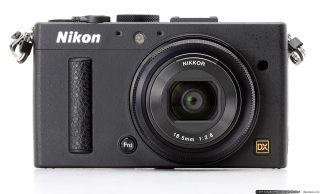
Key features
- 16.2MP ‘DX’ format CMOS sensor
- 18.5mm (28mm equivalent) F2.8 lens
- ISO 100-6400 (with 12,800 and 25,600 equivalent extension settings)
- 3.0″ 920k dot LCD
- 14-bit uncompressed NEF Raw shooting capability
- Up to 4fps continuous shooting
- 1080p movies at 24, 25 or 30fps
- i-TTL compatible hot shoe
The Nikon COOLPIX A Digital Camera is a point-and-shoot equipped with a 16.2MP DX-format CMOS sensor for clear, detailed images, even in low light. The lack of an optical low-pass filter enables maximized resolution for exceptionally sharp details. The NIKKOR prime lens features a focal length of 18.5mm for wide-angle shooting, as well as a fast f/2.8 maximum aperture. Frame shots using the large 3.0-inch LCD monitor, which has a resolution of 921k pixels. Record Full HD 1080p video with stereo sound, and connect the supplied EG-CP16 cable for playback on your TV. Capture RAW still images for a higher level of creative control. Manual options like focus ring adjustment allow you to wield precision control over your compositions. Most of the operation system and the GUI are consistent with Nikon DSLRs. Exposure bracketing is available in both manual and auto modes.
















